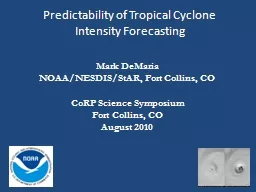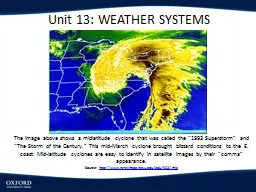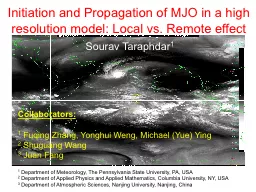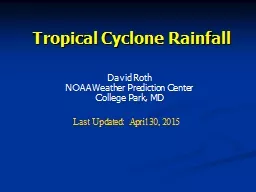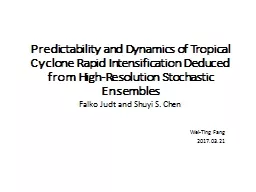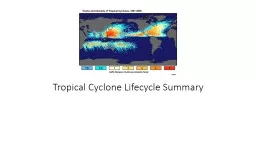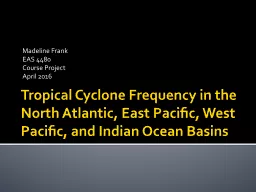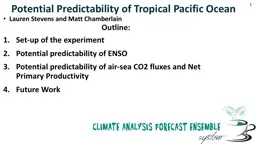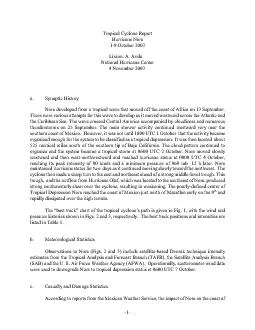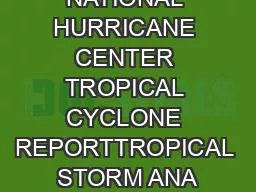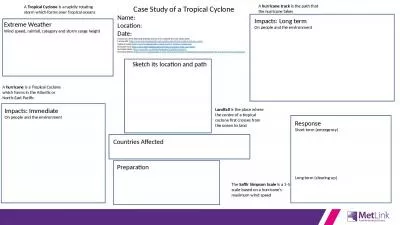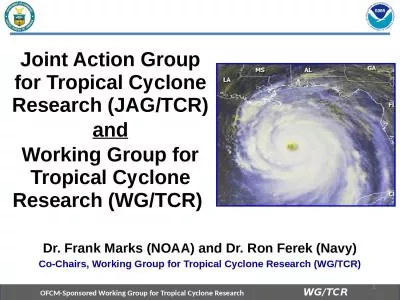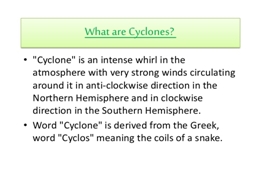PPT-Predictability of Tropical Cyclone
Author : opelogen | Published Date : 2020-06-22
Intensity Forecasting Mark DeMaria NOAANESDIS StAR Fort Collins CO CoRP Science Symposium Fort Collins CO August 2010 Outline Overview of tropical cyclone intensity
Presentation Embed Code
Download Presentation
Download Presentation The PPT/PDF document "Predictability of Tropical Cyclone" is the property of its rightful owner. Permission is granted to download and print the materials on this website for personal, non-commercial use only, and to display it on your personal computer provided you do not modify the materials and that you retain all copyright notices contained in the materials. By downloading content from our website, you accept the terms of this agreement.
Predictability of Tropical Cyclone: Transcript
Download Rules Of Document
"Predictability of Tropical Cyclone"The content belongs to its owner. You may download and print it for personal use, without modification, and keep all copyright notices. By downloading, you agree to these terms.
Related Documents

